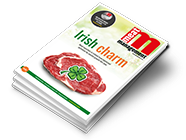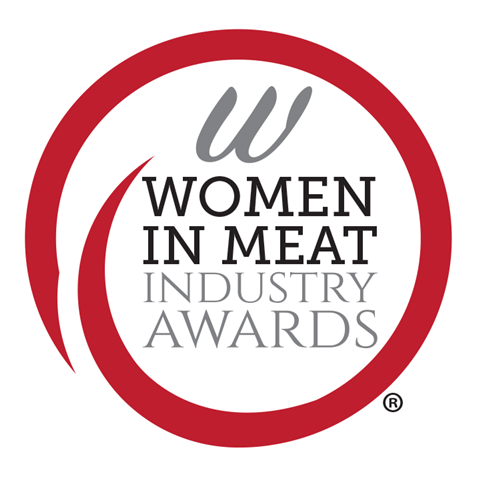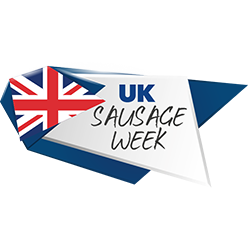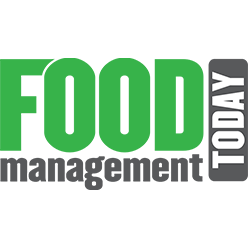The National Farmers’ Union (NFU) has welcomed the Government’s decision to invest in mandatory electronic ID for newborn calves but wants the changes to go further.
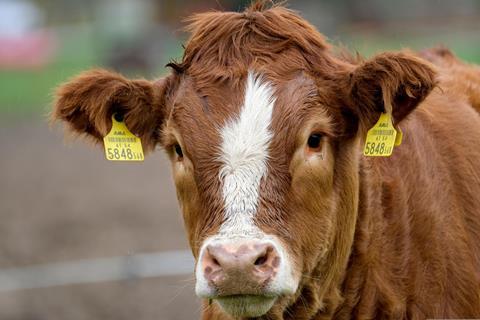
The Department for Environment, Food & Rural Affairs (Defra) has announced plans to introduce changes to cattle identification, registration and reporting in England from summer 2026 in what it calls a “major step forward in disease control and trade across the farming sector”.
A boost for biosecurity
Defra claims that the changes will “improve the Government’s ability to respond effectively to disease” and adds that the changes will simply regulations and support industry to “boost productivity, food security and international trade”.
The new requirements to be introduced next summer will see Electric ID (EID) for all new-born calves, using low frequency (LF) technology, mandatory from 2027. The EID eartags will be scanned when animals are moved rather than data being recorded via manual checks and the changes will be supported by a new cattle movement reporting system, which Defra says will be easier to use for farmers, markets, abattoirs and regulators.
Biosecurity Minister Baroness Hayman commented: “This is a significant milestone in modernising how we manage cattle health, welfare and traceability in England.
“These reforms strike the right balance in supporting farmers with clearer, simpler rules while helping the sector strengthen its productivity, resilience and global competitiveness.”
In response, the NFU has said that it welcomes the Government investment in multi-species traceability for livestock, but is disappointed that the mandatory EID eartags for calves will only use low-frequency technology. The NFU supports the use of UHF (Ultra-High Frequency) as a management tool and has said that keepers should be allowed to voluntarily use UHF technology in one of the primary tags.
NFU Livestock Board chair David Barton said: “We welcome the Government’s investment in a new multi-species livestock traceability service. It’s encouraging to have a clearer timeline for the introduction of bovine electronic ID for new registrations, but the system must be simple to use and incentivise digital reporting from the outset.”
“The move towards mandatory bovine EID is positive and we recognise the role of low-frequency tags, but it is disappointing UHF technology hasn’t been mentioned.”
David Barton, NFU
Barton continued: “It’s important Defra now bring sheep and goats onto a multi-species platform as soon as possible. We also urge them to continue working with industry to ensure the service evolves to support better decision-making at point of sale and improve productivity and animal welfare.
“The move towards mandatory bovine EID is positive and we recognise the role of low-frequency tags, but it is disappointing UHF technology hasn’t been mentioned.
“Moving forward, we need to understand whether livestock traceability will fall within the scope of any sanitary and phytosanitary agreement with the EU and whether this will preclude the use of UHF technology. I strongly believe that UHF offers real potential to improve on-farm management and farmer health and safety. Keepers should be able to use it voluntarily in the primary tag to negate the need for a third management tag.”
Defra has also said that it will take a “more proportionate approach” to enforcement, giving keepers the opportunity to correct issues before further action is taken, which forms part of a boarder move towards reducing red tape while strengthening biosecurity.
